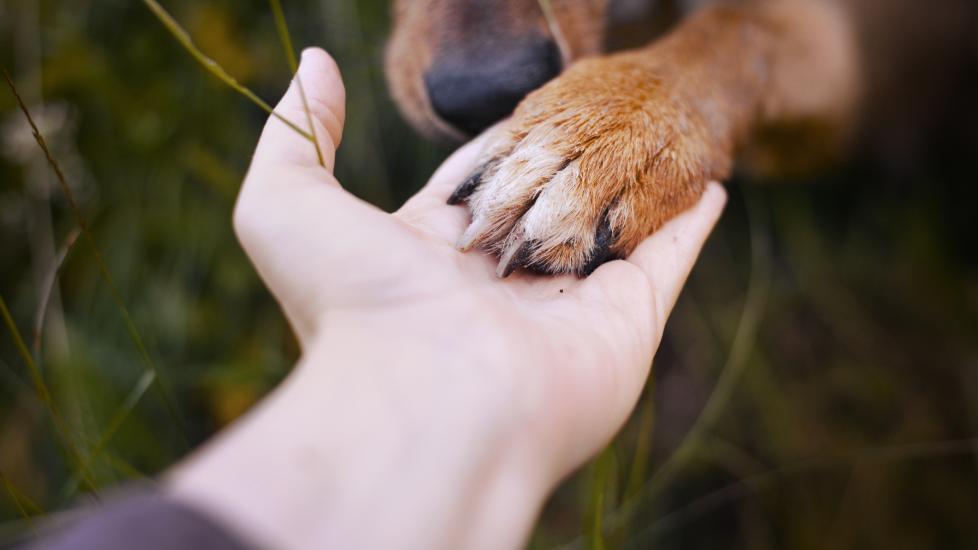Title: Unraveling the Mystery of Nail Infections in Canine Companions
Introduction:
The bond between humans and their furry friends is a cherished one, filled with unconditional love and mutual affection. However, as devoted pet parents, we must also be vigilant guardians of our canine companions’ health. One common yet often overlooked aspect of this care revolves around the seemingly simple yet complex world of dog nails. While they may appear to be mere appendages for scratching and digging, these claws are intricate structures that require proper maintenance to prevent infections and other issues. This article delves into the insidious realm of nail infections in dogs, shedding light on their causes, symptoms, prevention strategies, and treatment options.
Understanding Dog Nails:
Before diving into the murky waters of infections, it is crucial to grasp the anatomy and function of a dog’s nails. These keratinous structures not only aid in traction but also serve as protective barriers against foreign objects. Regular trimming is essential to keep them from overgrowing and causing discomfort or even damaging the paw pads. Moreover, exposure to various surfaces such as grass, dirt, and concrete can help naturally wear down the nails, contributing to overall health.
Causes of Nail Infections:
Infections within a dog’s nails (onychitis) can stem from several sources. Bacterial or fungal invasions often occur due to poor hygiene practices or environmental factors like moist conditions that foster microbial growth. Trauma sustained during rough play or outdoor activities might lead to cracks or splits in the nail bed, creating an entry point for pathogens. Additionally, allergies, hormonal imbalances, and genetic predispositions can weaken the immune system, making dogs more susceptible to infections.
Symptoms to Watch For:
Early detection is key when dealing with nail infections. Look out for signs such as redness, swelling, pain upon touching the affected area, excessive licking or biting at the infected claw, foul odor emanating from the nail, and limping if the infection spreads to the joint. If left untreated, severe cases could necessitate surgical intervention to remove the entire nail.
Prevention Measures:
Fortunately, most nail infections can be avoided through proactive measures. Here are some tips to maintain healthy paws:
1. Regular Trimming: Maintain your dog’s nail length using appropriate tools under safe conditions. Overgrown nails are more prone to damage and subsequent infections.
2. Hygiene Practices: Keep your dog’s feet clean after walks, especially in areas where bacteria or fungi thrive. A quick rinse with warm water followed by gentle drying can make a significant difference.
3. Environmental Control: Ensure your home has good ventilation to discourage dampness. Provide adequate bedding for your pup to avoid moisture buildup near their paws.
4. Supervision: Monitor your dog’s playtime to reduce the risk of trauma to the nails. Encourage activities that promote natural nail wear while keeping a watchful eye on potential hazards.
5. Professional Help: Consider regular visits to professional groomers who have expertise in maintaining dog nails properly. They can provide valuable advice tailored to your dog’s needs.
6. Healthy Diet: Feed your dog high-quality food rich in vitamins and minerals that support strong bones, joints, and connective tissues—including those found in the nail bed.
7. Routine Checkups: Schedule routine veterinary checkups to assess your dog’s overall well-being and address any emerging problems before they escalate.
Treatment Options:
If an infection does arise despite preventive efforts, prompt action is necessary. Your veterinarian will likely prescribe antibiotics or antifungal medications depending on the causative agent identified through diagnostic tests. Topical treatments may also be recommended to soothe the affected area and facilitate healing. Severe cases might involve partial or full removal of the nail to eliminate the source of infection completely. It is imperative to follow your vet’s instructions closely throughout the recovery period to ensure the best outcome.
Conclusion:
In conclusion, nail infections in dogs are a serious concern that warrants attention from all pet owners. By understanding the underlying mechanisms behind these ailments and implementing preventative measures diligently, we can safeguard our beloved canines from unnecessary suffering. Through consistent care and monitoring, we create a nurturing environment where our four-legged family members flourish physically and emotionally. So let us take charge of our pets’ welfare today by staying informed about the intricacies of their health—one paw step at a time!
